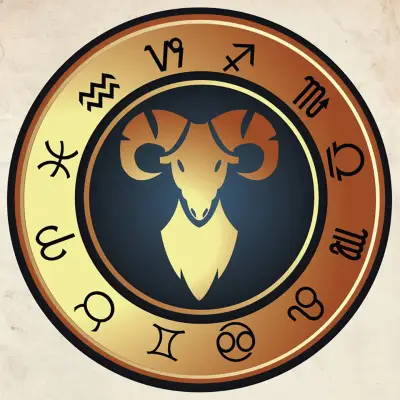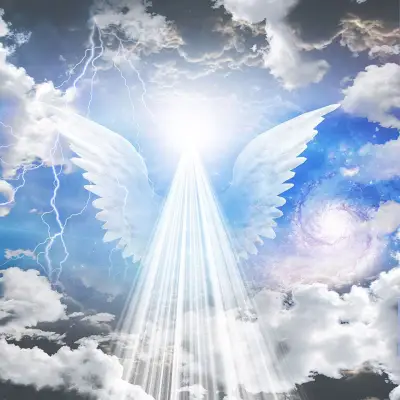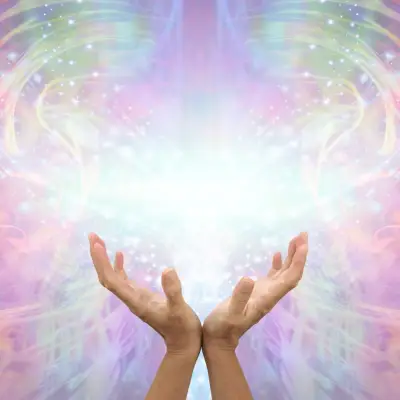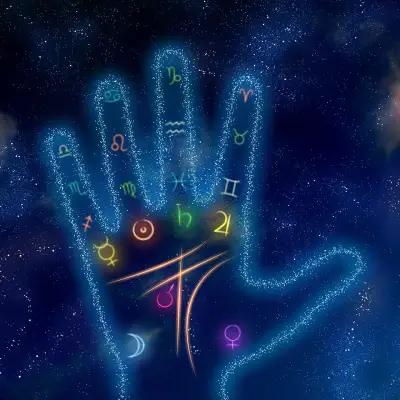Have you ever gazed up at the night sky and wondered about the stories behind the stars? Among the celestial patterns, the Virgo constellation holds a special place in both astronomy and mythology. It's not just a collection of stars—it's a gateway to understanding ancient stories and the workings of our universe.
Whether you're a stargazing novice or a seasoned astronomer, the Virgo constellation offers a fascinating array of stars, myths, and celestial phenomena to explore.
Jump to:
What is the Virgo Constellation?
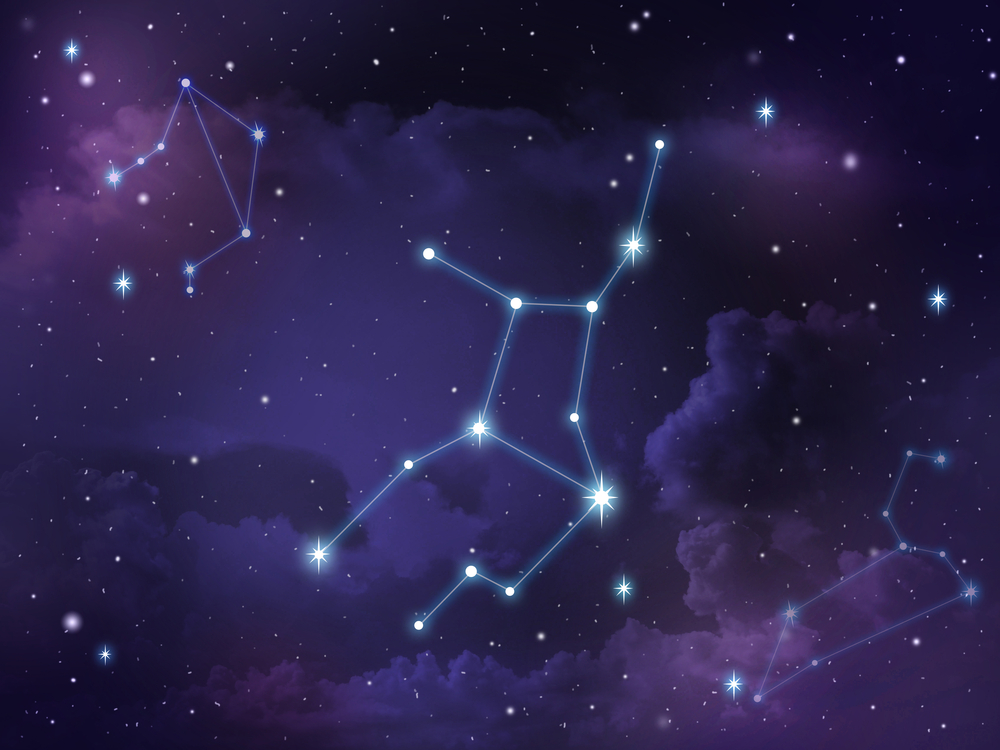
Virgo, Latin for "virgin," is one of the largest constellations in the sky and is easily recognisable due to its prominence and distinctive shape. It is part of the Zodiac family of constellations, lying between Leo to the west and Libra to the east. The stars in the Virgo constellation form a shape that has been imagined as a maiden carrying a sheaf of wheat, linked to the Virgo goddess of innocence and purity.
What does the Virgo Constellation Represent?
Historically, the Virgo constellation has been associated with fertility, harvest, and agriculture. This is due to its visibility during the spring and autumn equinoxes in the Northern Hemisphere, times closely tied to planting and harvesting crops. In a broader sense, Virgo represents the purity and nurturing nature associated with its maiden symbol.
Recommended for you!
Best SellersSpotting and Understanding the Stars in Virgo
The constellation of Virgo is not only one of the largest in the sky but also one of the most fascinating due to its array of brilliant stars. At the heart of Virgo lies Spica, a luminous blue giant that is the fifteenth brightest star visible from Earth. Historically, Spica has been a beacon for agricultural planning, indicating the optimal times for planting and harvesting.
Alongside Spica, Virgo hosts several other stars of note:
- Porrima: This binary star system, also known as Gamma Virginis, is fascinating due to its components being almost equal in brightness and size, making it a popular target for amateur astronomers with small telescopes.
- Vindemiatrix: Also known as Epsilon Virginis, this yellow giant is often used by stargazers as a guide to find the Andromeda Galaxy. Its name, meaning the grape gatherer, further ties Virgo to themes of harvest.
- Zavijava: Beta Virginis, or Zavijava, is a main sequence star that, despite being less bright than Spica, plays a critical role in the constellation's mythology and visibility.
How to Spot Virgo in the Night Sky
Identifying Virgo in the vast canvas of the night sky can be a rewarding experience for stargazers of all levels. The best time to view Virgo is from March to July when it is most prominently displayed. The key to locating Virgo is to first find Spica, which can generally be spotted by following the arc of the Big Dipper’s handle (arc to Arcturus and speed on to Spica).
For those new to stargazing, using a star map or an astronomy application can greatly enhance the experience. These tools can help you identify not only Virgo but also the neighbouring constellations and celestial bodies. Here’s how you can make the most of your stargazing:
- Use a Star Map: Familiarize yourself with a star map that shows the constellations as they appear in the sky. This will help you understand where to look and what to expect when you spot Virgo.
- Download an Astronomy App: Many free and paid apps can help you identify stars, planets, and constellations just by pointing your smartphone at the sky. Apps like Star Walk, SkyView, and Stellarium are user-friendly for beginners.
- Plan for the Best Viewing Conditions: Aim for a night with clear skies and minimal light pollution. A new moon night is ideal as the faint light from the stars won't be drowned out by the moon’s brightness.
Virgo in Astrology and Mythology
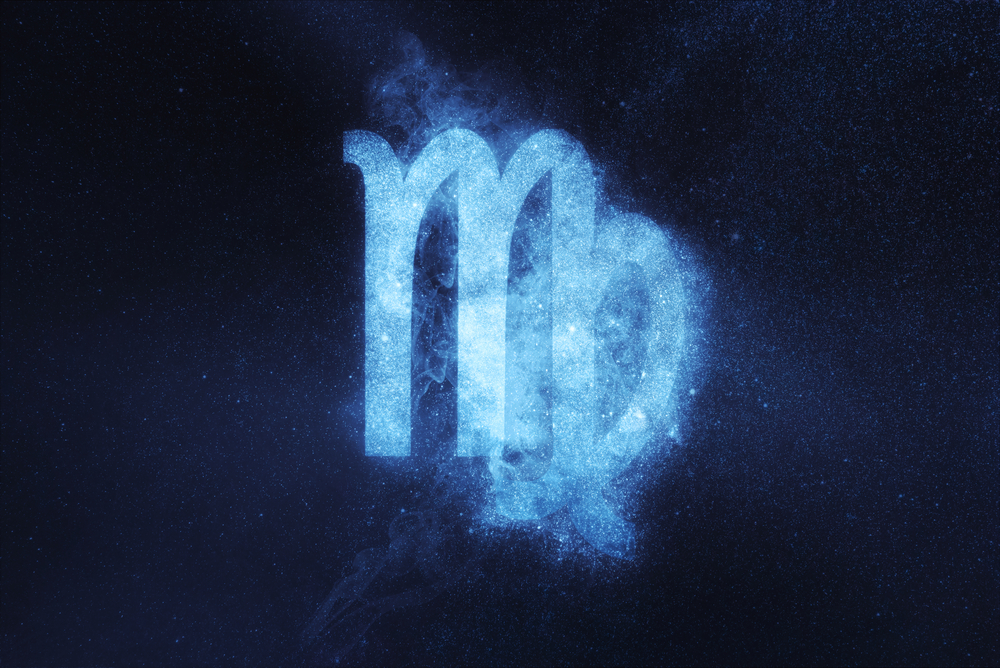
In astrology, those born under the Virgo star sign are thought to be meticulous, reliable, and practical, reflecting the qualities of the Virgo maiden. The Virgo constellation tattoo, popular among astrology enthusiasts, symbolises these traits and is believed to bring protection and wisdom.
Which God Owns Virgo?
In Greek mythology, Virgo is often linked to Demeter. However, it's intriguing to note how different cultures have various divine associations with this constellation, each adding layers to its interpretation.
The Virgo Goddess and Her Stories
The Virgo goddess, whether seen as Demeter or Persephone, embodies qualities of nurturing and renewal. These myths are not just ancient tales but resonate with timeless themes of growth, loss, and rebirth, which continue to captivate us.
Virgo and Its Planetary Connection
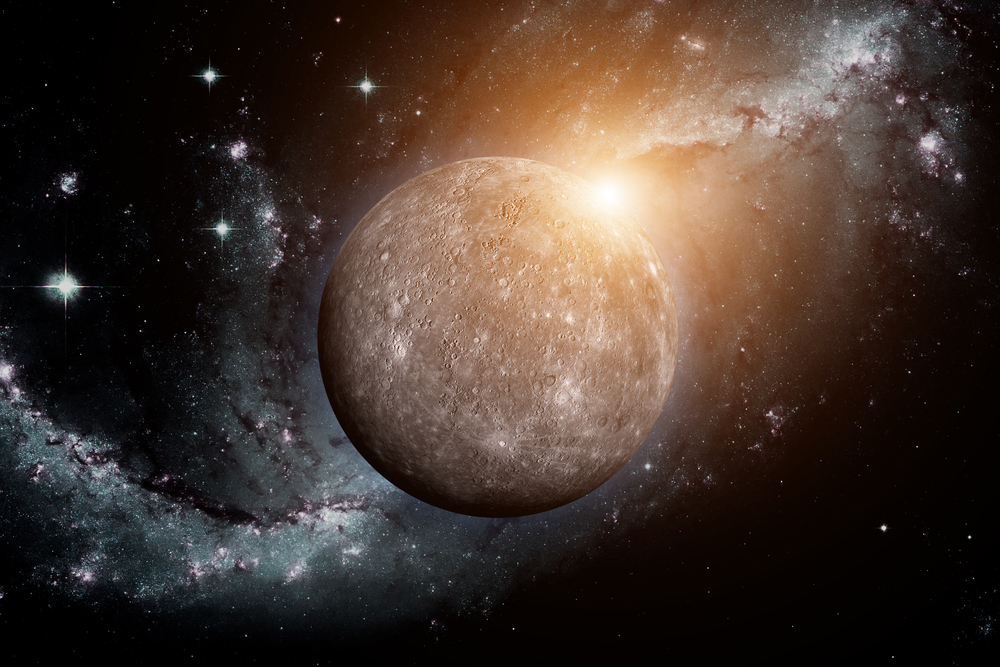
While the Virgo constellation itself is not directly linked to a specific planet, in astrological terms, Mercury is considered its ruler. This association imbues those under the Virgo sign with qualities of communication, intellect, and analytical prowess. Mercury's influence highlights the intellectual and methodical aspects of Virgo, making it a significant symbol in astrological interpretations.
What is the Virgo in the Universe?
Beyond the stars that form its shape, Virgo plays a role in our understanding of the universe due to the Virgo Cluster. This cluster is a collection of over 1,000 galaxies, including our own Milky Way, located in the heart of the Virgo constellation. It's an essential site for astronomical research, helping scientists learn about galaxy formation, evolution, and the large-scale structure of the cosmos.
Want to put your knowledge of Astrology to the test?
Centre of Excellence has you covered.
Sample the first 2 modules of our Astrology Diploma Course for FREE!
Frequently Asked Questions About the Virgo Constellation
Who is the Goddess of Love in Virgo?
In the context of Greek mythology, Virgo is not directly associated with a goddess of love like Aphrodite or Venus. However, Virgo is often linked to figures of nurturing and fertility such as Demeter, which ties more closely to the love and care of the Earth and its harvests rather than romantic love.
What Does a Virgo Constellation Tattoo Mean?
A tattoo of the Virgo constellation often symbolises the traits associated with Virgo individuals or the mythological narratives connected to the constellation. These tattoos can represent qualities like meticulousness, reliability, practicality, and a deep connection to nature's cycles. For many, it's also a form of personal expression, signifying their astrological identity or a tribute to the celestial influence in their lives.
Recommended for you!
Best SellersStudy Horoscopes With Centre of Excellence
If you’re inspired by the stories and science behind Virgo, then why not explore further with our Astrology Diploma Course?
Why Centre of Excellence?
- Accessibility: We are committed to making transformative education available to all. Our Astrology Diploma Course is priced to ensure that everyone has the opportunity to explore the mysteries of the stars without financial barriers.
- Flexibility: Designed to fit into your life, our courses allow you to learn at your own pace and schedule. Whether you're a night-time stargazer or a daydreamer, integrate this new knowledge into your routine as you see fit.
- Dedicated Support: Enrolment grants you personalised tutor support and a community of like-minded enthusiasts. At Centre of Excellence, you're part of a family that guides and supports you through your educational journey.
Special Invitation
We're thrilled to offer our Astrology Diploma Course for a special price of just £29, saving you over £100!


